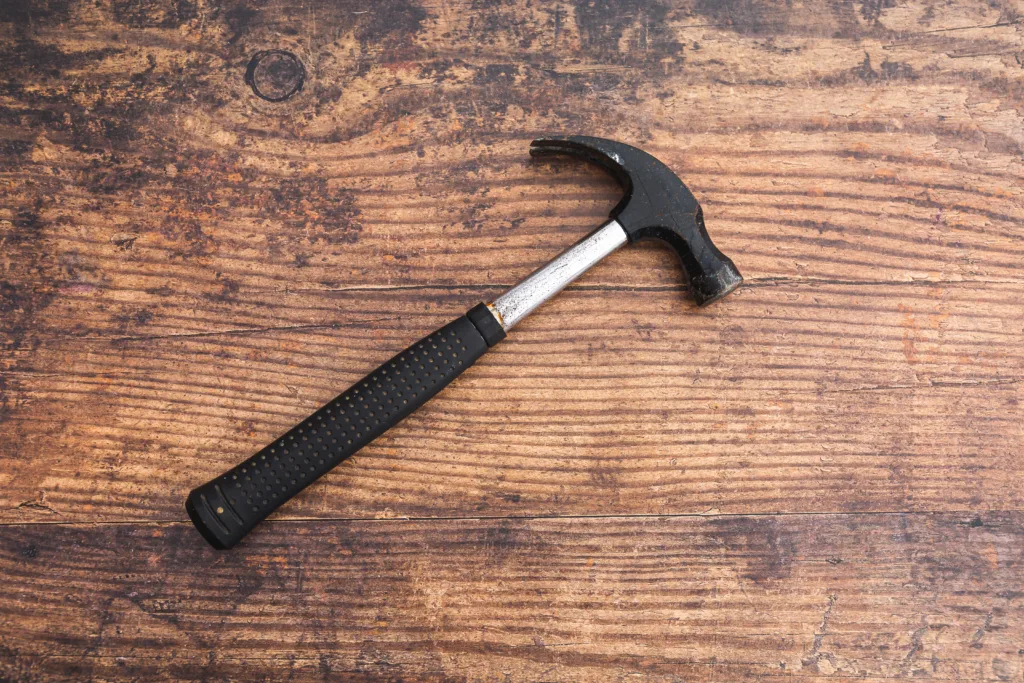Third class levers are an essential part of our everyday lives, and we often use them without even realizing it. These levers function by having the input force applied between the load and the fulcrum. This type of lever is commonly found in many objects, from hammers to baseball bats. In this article, we will explore some examples of third class levers and how they work.
One example of a third class lever is the elbow joint. The effort is applied near the middle of the lever, with the load being the resistance of the weight being lifted. This type of lever is commonly used in exercises such as bicep curls, where the bicep muscle applies the effort to flex the elbow joint.
Another example of a third class lever is the hammer. When we use a hammer to drive in a nail, the wrist acts as the fulcrum, with the hand applying the effort to swing the hammer, and the resistance of the wood acting as the load. This type of lever is commonly used in construction and woodworking.
A baseball bat is anoter example of a third class lever. The handle of the bat acts as the fulcrum, with the batter applying the effort near the middle of the bat, and the ball acting as the load. The swing of the bat applies the force to the ball, sending it flying through the air.
A pair of scissors is also an example of a third class lever. The fulcrum is the joint between the two blades, with the effort being applied by the user’s fingers near the middle of the blades, and the load being the material being cut. This type of lever is commonly used in sewing, crafts, and other activities that require cutting.
Third class levers are all around us, and we use them in our everyday lives without even realizing it. From the elbow joint to hammers, baseball bats, and scissors, these levers play an important role in our daily activities. By understanding how they work, we can better appreciate the mechanics of the world around us.
What Is A 3rd Class Lever?
A third-class lever is one of the three types of levers in physics, in which the input force is located between the output force and the fulcrum. When a force is applied to the lever, it rotates around the fixed point called the fulcrum. In a third-class lever, the input force is closer to the fulcrum than the output force. This type of lever is commonly found in sports equipment such as baseball bats, hockey sticks, and golf clubs. In a baseball bat, for example, the handle serves as the fulcrum, and the input force is applied by the batter’s hands near the middle of the bat, whle the output force is generated at the end of the bat that hits the ball.

Which Movement Is An Example Of A 3rd Class Lever?
An eample of a third-class lever movement is the motion of the biceps during the lifting of a dumbbell. In this movement, the elbow joint acts as the fulcrum, the weight of the dumbbell acts as the load, and the biceps muscle provides the effort. The biceps muscle is attached to the forearm bone (radius) at a point between the elbow joint and the weight of the dumbbell. As the biceps muscle contracts, it exerts a force on the radius bone, causing the forearm to move upward and the dumbbell to be lifted. Since the effort is located between the fulcrum and the load, this movement is classified as a third-class lever.
What Are Examples Of 1st 2nd And 3rd Class Levers?
I can provide a detailed answer to your question. First-class levers have the fulcrum or pivot point located btween the effort (force applied) and the load (resistance). Examples of first-class levers include:
– Seesaws
– Scissors
– Pliers
– Crowbars
– Tricep extensions at the elbow
Second-class levers have the load located between the fulcrum and the effort. Examples of second-class levers include:
– Wheelbarrows
– Nutcrackers
– Ankle joints during plantar flexion
– Staple removers
– Doorstops
Third-class levers have the effort located between the load and the fulcrum. Examples of third-class levers include:
– Tweezers
– Fishing rods
– Bicep curls (flexion at elbow)
– Hockey sticks
– Shovels
I hope that helps!
Is A Hammer A Third Class Lever?
A hammer is classified as a third-class lever when it is used to drive in a nail. In this case, the fulcrum is located at the wrist of the person holding the hammer, the effort is applied through the hand, and the load is the resistance of the wood. A third-class lever is characterized by having the effort applied between the fulcrum and the load, which makes it easier to move the load, but requires more force to be applied by the effort. Other examples of third-class levers include tweezers, shovels, and fishing rods.

Conclusion
Third-class levers are common in our everyday lives, from the simple act of using a hammer to drive a nail to the complex motion of the elbow joint. These levers operate with the input force between the output force and the fulcrum, making them ideal for tasks that require speed and range of motion rather than power. We can find third-class levers in objects as diverse as baseball bats, hammers, and even our own bodies. Understanding the principles bhind third-class levers can help us appreciate the complexity and efficiency of the machines that surround us and the way our bodies work.
